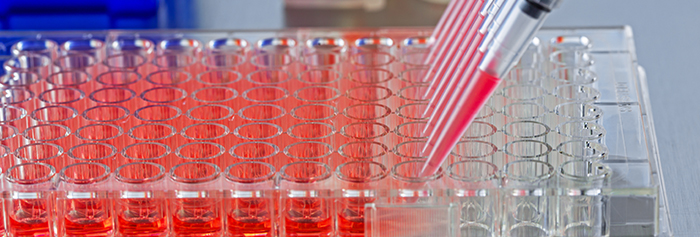The foundation of miracles

Public perception today about the “promise of stem cells” recalls the excitement about biotechnology in the early 1980s. Biotech was going to revolutionize research. Miracle cures were just around the corner. After a few years, when the miracles didn’t appear, a period of popular disillusion set in. Maybe biotech wasn’t going to deliver after all. Investment, both private and public, slumped.
Thirty years on, of course, we see biotechnology as essential to scientific research, with broad applications from drug development to food processing and many other areas. If, today, we don’t look at biotech as a miracle, it’s only because we’ve forgotten how far we’ve come.
In the 10 years since Shinya Yamanaka stunned the world with his induced pluripotent stem cells, research has gone through a similar hype - and a similar disillusion despite early warnings from specialists. “We should be humble and appreciate it may take us the better part of this century to truly harness the power of cells as medicines,” cautioned George Daley, but expectations remained unrealistically high.
Fortunately, the fact that miracles take time doesn’t stop scientists from laying the foundation for applications by working with industry. The European Bank for induced Stem Cells (EBiSC), is the European Union’s ambitious effort, within the Innovative Medicines Initiative (IMI), to translate stem cell research into practical solutions used by the pharmaceutical industry.
A European bank for stem cells
The EBiSC initiative was launched in 2014 as a multinational consortium of some 30 public and private organizations. The heart of the project is a biobank to distribute disease-relevant, quality-controlled human induced pluripotent stem cells (iPSC) lines, as well as data and services. Douglas Connect has had the honour of being a part of this effort, responsible for developing EBiSC’s information management system and supporting the business requirements of its users.
At the time of this writing, the bank’s catalogue already has 424 registered lines available (https://cells.ebisc.org). By providing a valuable resource for pharmaceutical companies, academic researchers and the medical community, EBiSC aims to expand the application of stem cell biology to medical research.
However, a few issues remain. Indeed, one of them is due to the fact that EBiSC has such different types of shareholders with different needs. Pharma is a business where following a system is essential; whereas, academic researchers are focused on research, publishing and developing knowledge. Both types of scientists would benefit from having the full information profile of the people who contribute the cells used to create the iPSC lines stocked in the EBiSC bank. Medical doctors have this information through their clinical work, but, with no automatic, time-efficient system for passing it on, are disinclined to do so. An effort now needs to be made to resolve such issues.
One of the reasons for the emerging success of EBiSC is that it brought together all stem cell research stakeholders, from across Europe, from industry and academia. Seeds were sown, but further outreach, for example, to medical and patient groups, is needed to further develop the community and its stakeholder engagement. We call this direction Building Bridges.
| Dr Barry Hardy is a Managing Director (CEO) at Douglas Connect |
All opinions expressed in this article are those of the author alone.


